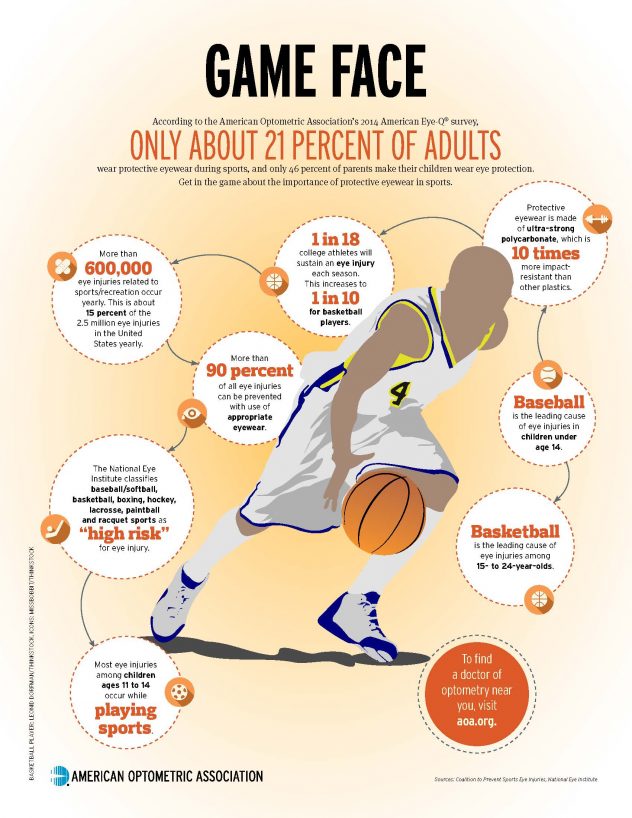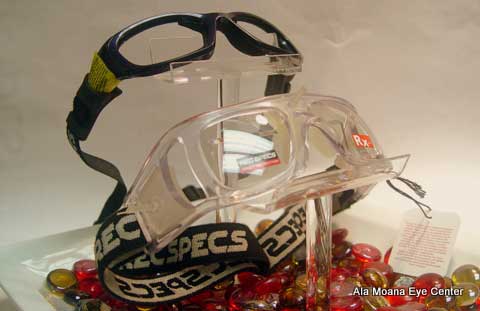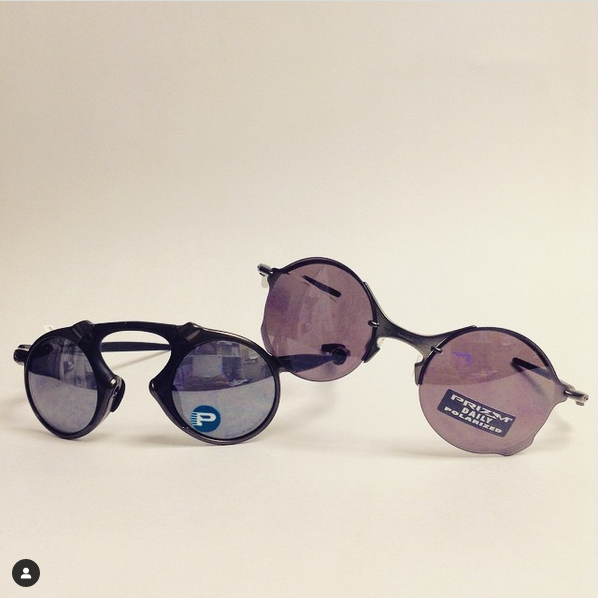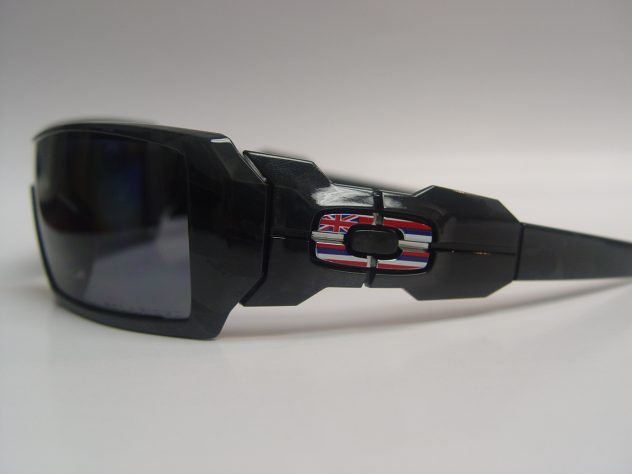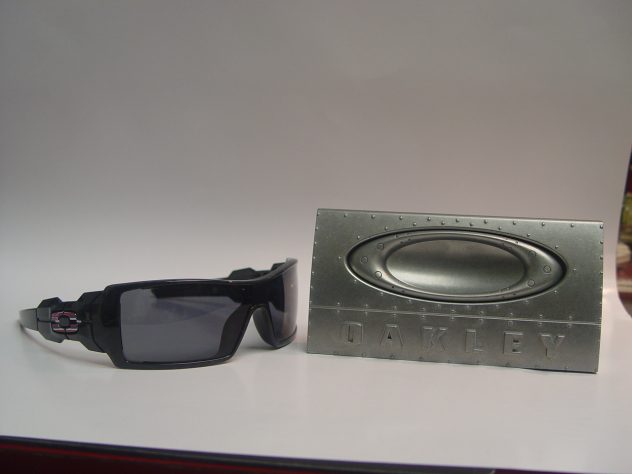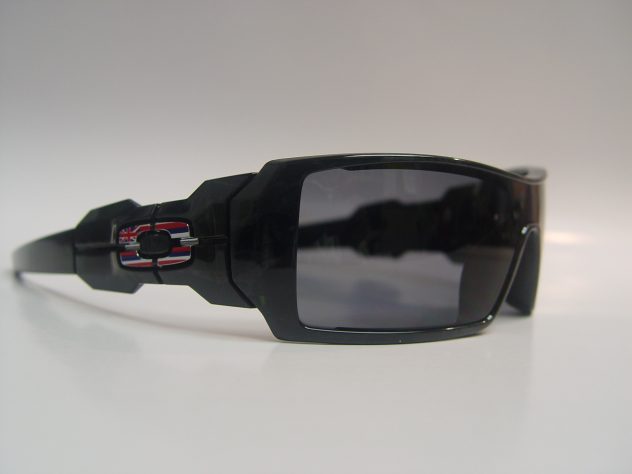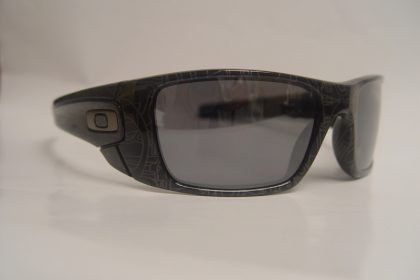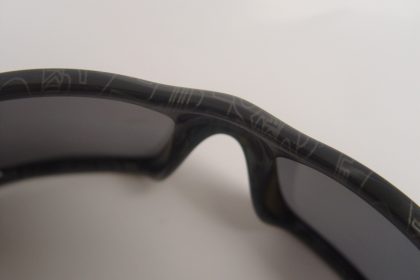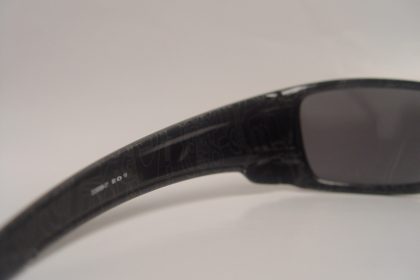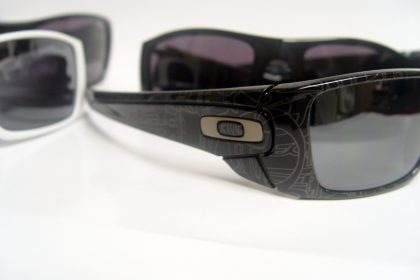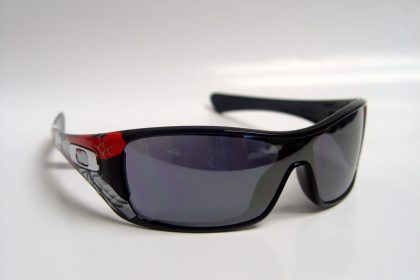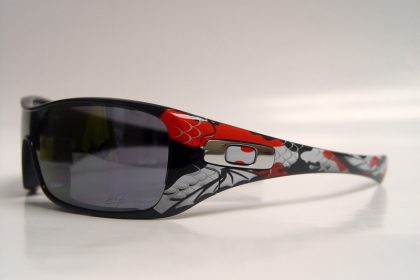Spring is here, and kids everywhere are gearing up for another season of their favorite spring sport – baseball, soccer, softball and lacrosse. It’s estimated that more than 21 million kids between 6 and 17 are active in at least one sport. While parents go to extreme efforts to make sure they have the correct protection of guards and gear, one safety precaution is often overlooked.
Ensuring safe vision for youth participating in sports is essential. That’s why Dr. Daniel Yamamoto is sharing some key considerations for the upcoming spring season/this season of Little League:
- Schedule an appointment: The school eye screening is simply not enough. For sports that involve throwing, kicking and catching, kids need a regular, in-person comprehensive exam that will focus on depth perception, contact lens wear, binocularity (how eyes work together as a pair), peripheral vision and more. It’s the best way to ensure your child’s eyes are healthy and their vision is ready to play.
- Use appropriate safety eyewear: In addition to getting the right protective headgear, children need to have the right eye protection gear. For children with glasses, provide a pair without metal frames to avoid potential injuries due to activities such as getting hit with a ball. To prevent injury, athletes are advised to wear eye protection that may include safety glasses and goggles, safety shields, and eye guards designed for a particular sport and that meet American Society for Testing and Materials (ASTM) standards. These types of protection are designed to be impact resistant without clouding an athlete’s vision.
- Sun Protection: Wearing a hat is helpful, but will only get you so far. The AOA’s 2017 Eye-Q survey found that three out of ten Americans don’t wear sunglasses while playing outdoor sports. Sunglasses that offer 100% UV protection are important to protect eyes from sun damage.
By visiting Dr. Daniel Yamamoto regularly for comprehensive eye care, athletes can perform their best on the court or field with clear and healthy vision, as well as be sure their eyes are protected and, hopefully, bring home a win.

